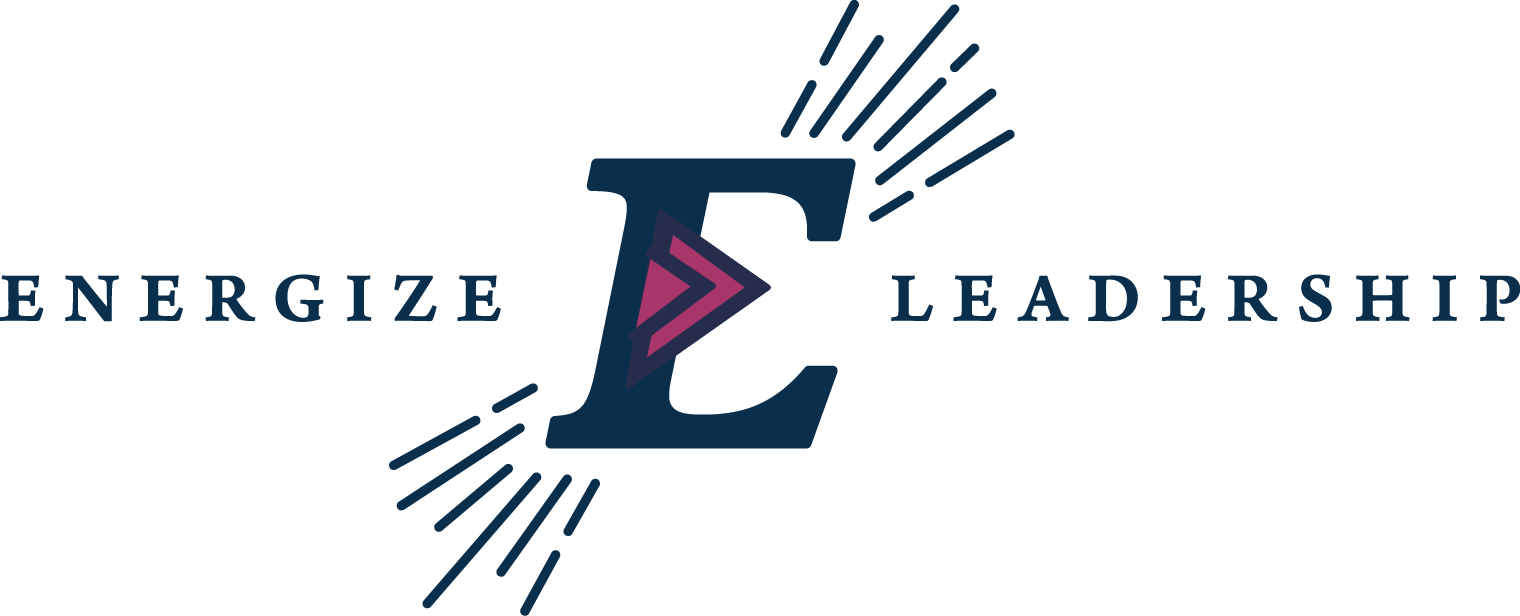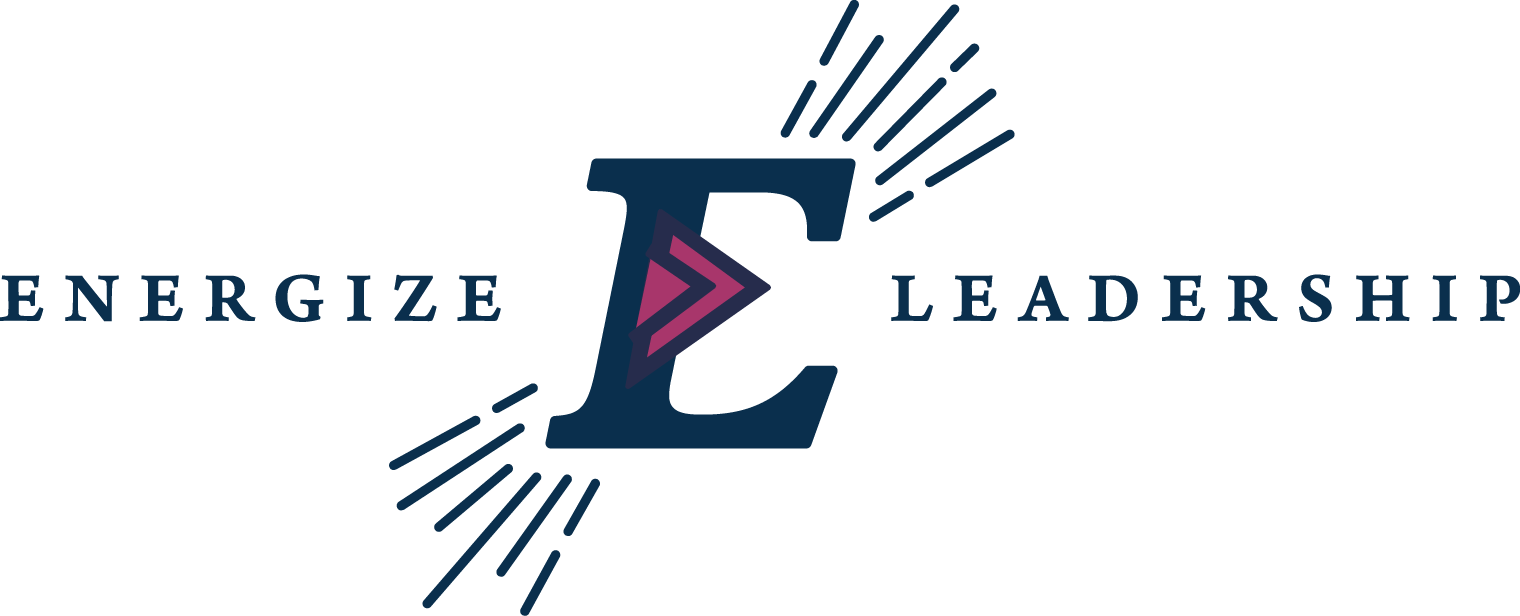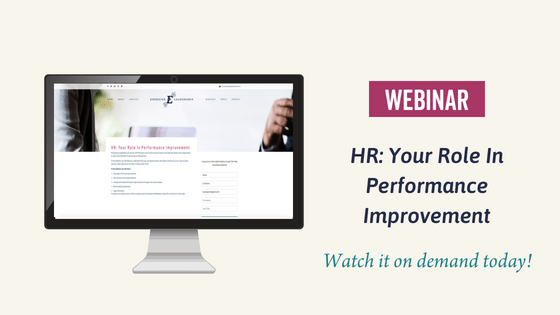HR and the Need for Leadership Development Solutions
The need for leadership development solutions is intensifying every day and is a subject that should be of concern to all organizations, regardless of industry or size. Why? Well, that’s what we’re here to talk about this week! We’re also going to discuss the various traps companies can get caught in when engaging in any leadership development effort, and introduce some ways in which these interventions can maximize the effectiveness of results.
After reading this post, you’ll have a better understanding of how to best support your organization’s leadership development efforts, and hopefully be less likely to go too far down the wrong path (or avoid the wrong path altogether!) when making your choices!
HR WEBINAR ON-DEMAND
Click here or the image below to register for our new webinar, HR: Your Role In Performance Improvement.
The Low-down
Let’s start by talking about why there is growing urgency in the need for effective leadership development solutions today.
First off, the overall makeup of the workforce has changed, with more than one in three (35%) working Americans now composed of millennials1 and the next generation is starting to enter the workforce right on their tails.
Employees aged between 22 and 37 therefore constitute the largest proportion in the labor force today, and with this shift in demographic comes a new dilemma in succession planning. That is, even though they are typically associated with positive attributes of great employees (they’re curious, hungry, innovative, technologically adept, want to make a difference, and so on…), the reality is that millennials are young, and still lack the experience of their more seasoned leaders – and data conducted by some highly reputable corporations agree. In their 20th CEO Survey,2 PwC found that 77 percent of CEOs say finding talent with the right skills — adaptability, problem-solving, creativity, and leadership — is the biggest threat to their business. And according to research published in 20153, 63 percent of leaders lack the required abilities to achieve success (CEB) and only 32 percent of mid-managers act in ways consistent with the capabilities their companies regard as most important (i4cp).
These findings are especially discouraging given that U.S. organizations spend substantially to support the development of their leaders. In a survey conducted June to July 2017, the Human Capital Media Advisory Group4 found that 8 percent of organizations spend more than $10,000 per year per person on leadership development, 6 percent spend between $7000 and $10,000, and the majority (68 percent), spend up to $4000.
Room for Improvement
So why is there such a lack of confidence in the skills and capabilities of our future leaders despite stronger focus and investment on developing leaders?
In short, the programs designed to develop our leaders are missing the mark.
Digitization, technological advances, the volatility of the market, and the increased pace of change are all compelling organizations to evolve so that they are better equipped to respond to emerging challenges in their environment. Unfortunately, the initiatives that are supposed to arm leaders with the tools they need to navigate these challenges are not evolving at a similar pace, hence the gaps in (and unfavorable views of) their performance.
Here are some areas where we believe leadership development initiatives and programs have potential to improve:
- Identifying who requires development. Companies tend to focus on developing only their top level executives or highest performers, when the fact of the matter is that leadership skills are necessary at every level of leader. Organizations have evolved to become less hierarchical, so people skills are now needed up and down the line and by anyone with responsibilities for managing others or leading teams. This shift in structure requires organizations to rethink who they pick as candidates for participation in their programs, or how to scale programs more broadly.
- An overemphasis on one development tool. There is also a tendency to rely strictly on one form of development option like coaching, a leadership training program, or an online learning program. Each of these options can certainly be beneficial when used in combination with other efforts, but when instituted as a sole solution they can miss the mark completely. Leadership is complex and therefore calls for complex, robust, multi-faceted solutions.
A focus on horizontal learning. Another trend as identified in research conducted by the Center for Creative Leadership, 5 is that development is too focused on horizontal learning. That is, programs tend to focus on the functional development of leaders, such as developing competencies like communication or active listening skills. So the focus here is on what they already know, and can only really help to improve performance at their current level.
Vertical development, on the other hand, is about the transformation of how a leader makes sense of the world, and focuses on advancement in their overall thinking capability (examples include emotional intelligence or pattern recognition capacity). For instance, a leader’s capacity to forecast an emerging challenge or opportunity can be increased by improving their ability to recognize patterns. This type of development is where leaders really need growth if they are to succeed in adapting to the changing business context of the workplace today.
- Evaluation. Measures to evaluate the effectiveness of a program need to go beyond self-ratings by leaders themselves. Others should be encouraged to rate program participants on their improvement, including colleagues, direct reports, their superiors, and other relevant stakeholders. In addition, evaluation should broaden in scope to include organizational performance, and not focus on the performance of the individual alone.
- Stakeholder buy-in. Programs can fail when participants are unable to practice the lessons they learned back on their job, and the main reason why they may be unable to do this is because they lack the support of their own colleagues or supervisors when returning to work. Changes in their behavior can often be met with resistance, so programs need to ensure that all stakeholders are on board and committed to stand behind participants’ development at the start of any program.
- Ongoing development. Lastly, programs need to be designed as ongoing processes rather than singular events, where participants have continual access to support and are held accountable on progress. Too often, learning opportunities are presented as stand-alone, separate affairs when they really should be intertwined with work day-to-day.
Developing an effective leadership development approach is no easy feat, but the returns on investing in doing it right is well worth it. According to research conducted by the Society for Human Resource Management,6 “Companies with highly developed leadership programs outperform their competitors. Their business results are typically seven times greater, and they are 12 times more effective at accelerating business growth than companies with weak leadership programs.”
Clearly, the success of your organization depends on identifying and developing its next generation of leaders and doing it well will help you stand out. We are ready to help you build a plan that is not only scalable, but also aligned at every level of your organization and leverages multiple methods of development.
To learn more about this topic, click here to register for our new webinar, HR: Your Role In Performance Improvement.
- Pew Research Center: Millennials are the largest generation in the U.S. labor force (April 11, 2018)
- PwC: The talent challenge: Harnessing the power of human skills in the machine age
- ATD: What’s Wrong with Leadership Development Today?
- The Human Capital Media Advisory Group: Follow the Leadership spending (March 21, 2018)
- The Center for Creative Leadership: It’s Time to Update Leadership Development (July 24, 2017)
- SHRM: Leadership Development Spending is Up (July 22, 2014)





